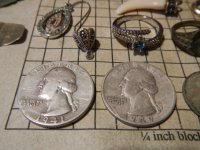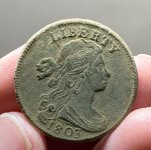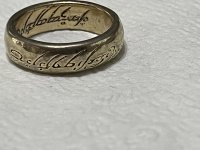Nickt
Jr. Member
- Jun 19, 2012
- 36
- 0
- Primary Interest:
- All Treasure Hunting
Hi has anyone ever been involved in searching for or no a great deal about the existence of a Spanish galleon carrying gold that went down off Oceanside California in 1540? The ship was called "Trinidad".







